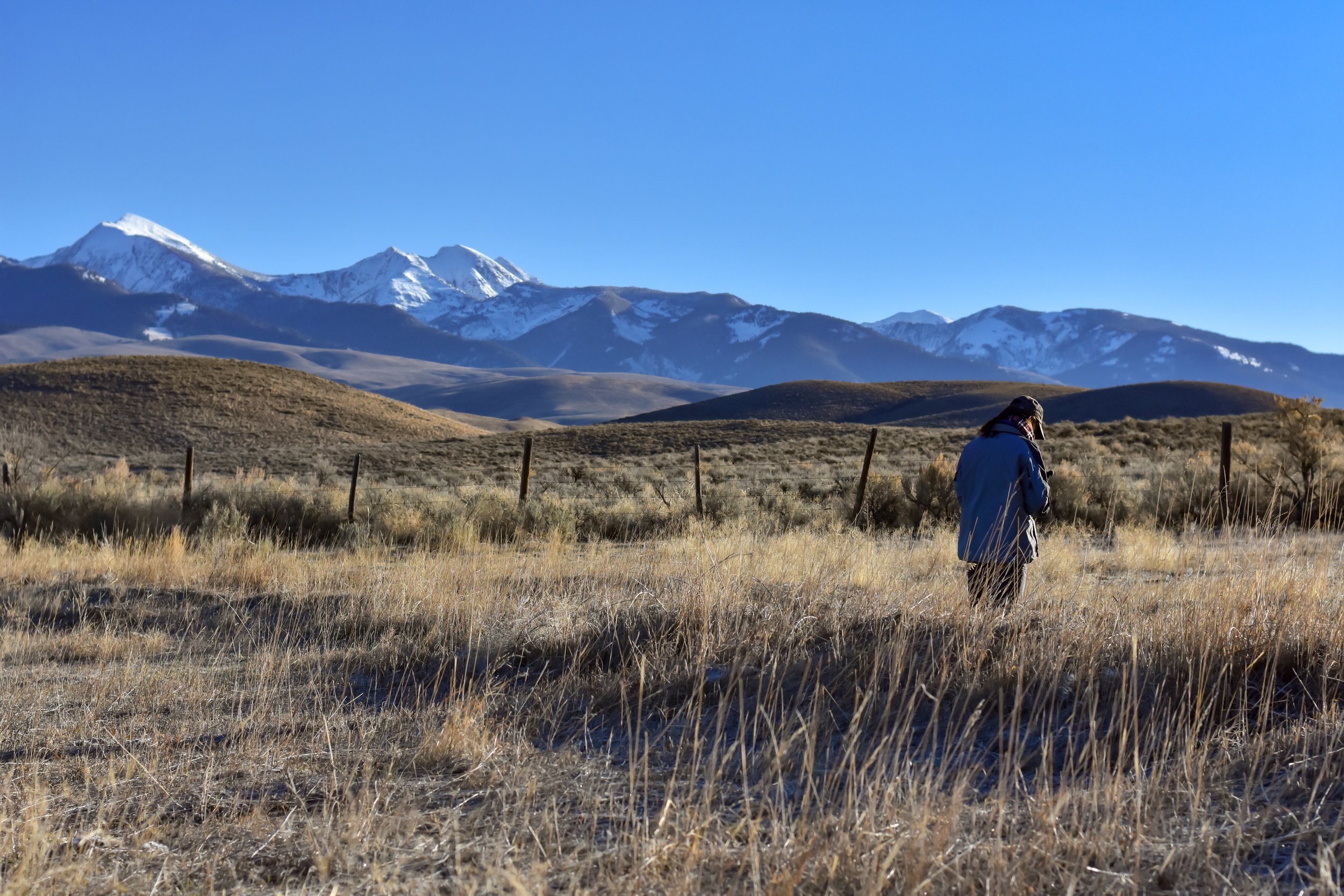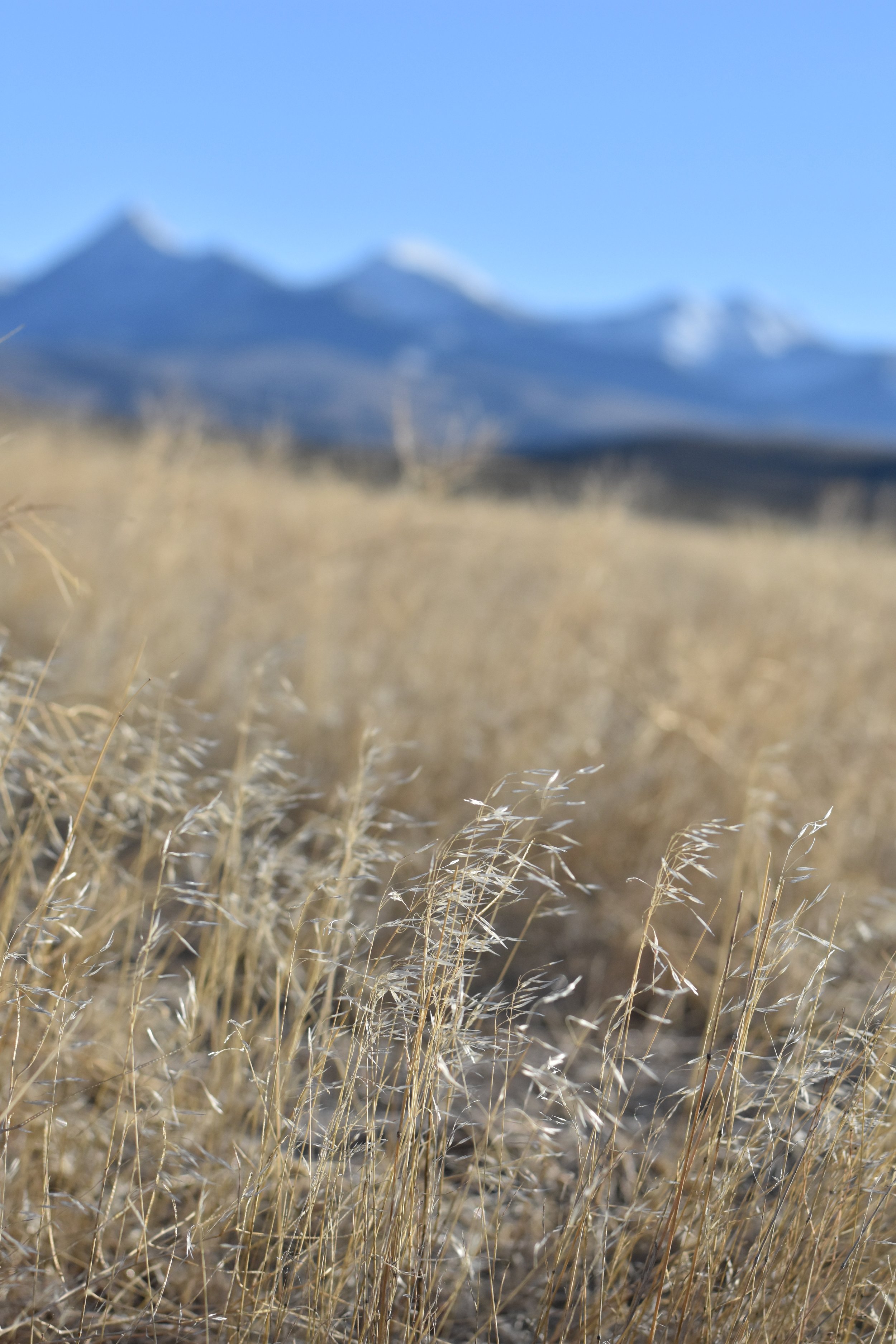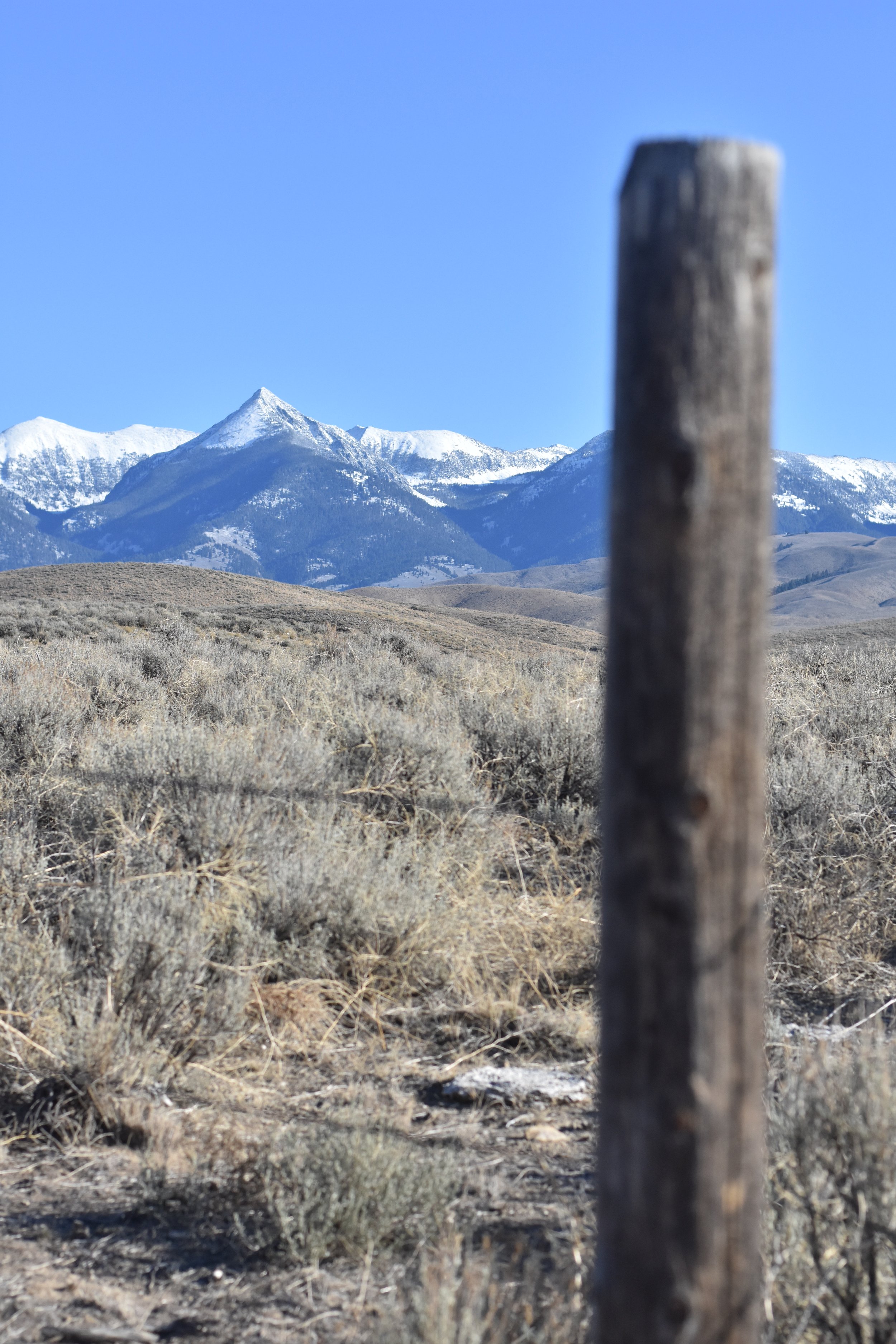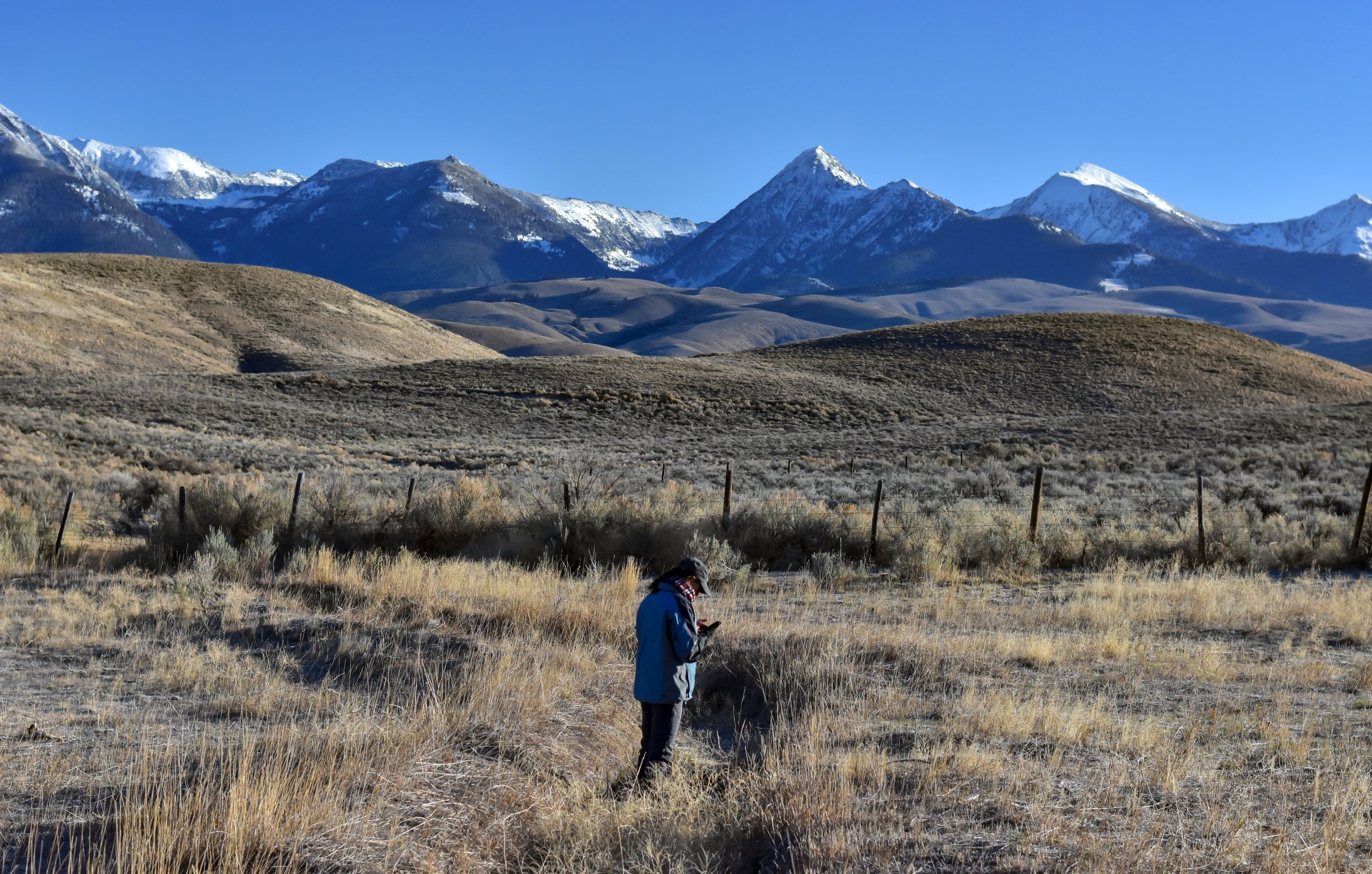From the Inside Out: Local Cheatgrass Treatment Aids in Landscape-Scale Habitat Resiliency
“Proactive, not Reactive.”
This is the mantra of partners in Lemhi and Custer County, Idaho who are working to address cheatgrass and other non-native plants in sagebrush rangelands. These remote central Idaho counties contain some of the most intact, high-quality sagebrush habitat remaining in the state, often referred to as “core” habitat. Central Idaho’s core sagebrush ecosystem ensures healthy habitat for wildlife and provides ranchers the forage needed to sustainably graze livestock.
Defending the core and growing the core is a goal widely adopted by those working in sagebrush country. By targeting resources towards the treatment and management of core habitat, partners can protect the best of the best rangelands from non-native annual grass invasion while getting the biggest return on investment of both time and money.
To effectively treat cheatgrass across an entire landscape, partners must be able to work across property lines. This is where groups like the Mule Deer Foundation lean in and provide much needed capacity to get projects done in creative ways. By aggressively treating the seed source on private and state lands, core habitat that isn’t accessible to land management agencies like the Bureau of Land Management or Forest Service, time and money can be saved down the road by ensuring that small pockets of cheatgrass don’t remain after larger-scale treatments on public land.
“I like to think of it as removing the donut holes that have the potential to spread and put surrounding intact habitat at risk,” said Jessie Shallow, a partner biologist with the Mule Deer Foundation.
Shallow is currently leading efforts to survey and treat cheatgrass in several priority areas in Lemhi County. On a bright autumn morning she pulled a handful of stakes and a mallet from the bed of an Idaho Department of Fish and Game pickup truck and strode into the sagebrush on a section of state land.
“Things look really good, but I remember there being a small patch of cheatgrass out here. That’s what I’m looking for right now,” she said.
After a short walk and little cheatgrass to show for it, she circled back and chose a spot near the dirt road where several square meters of cheatgrass lay dormant, hammering a stake into the nearly frozen ground. She took several pictures and then moved on. Over the next year, she will return to this location to compare the rate of cheatgrass spread and determine how well targeted aerial treatments applied to this area in 2021 were working.
She repeated this process once more at a different location before crossing through a barbed wire fence onto a large parcel of private land. The difference in plant communities on the private land versus the adjacent state land was drastic. Across a few hundred acres lay a blanket of cheatgrass. This large pasture filled with cheatgrass was one of Shallow’s main treatment objectives and it provides a great example how projects like this can extend across fence lines and land ownerships.
In the fall of 2021, Shallow arranged for aerial treatment on the private parcel and adjacent state lands using the herbicide Indaziflam. This chemical does not kill any part of the living plant, instead preventing seed germination, which usually occurs right after the first frost. So far, outcomes have been positive, with another aerial treatment planned for the fall of 2022. If successful, these treatments will reduce cheatgrass by 80-90% on private and state lands, strengthening the defense of core sagebrush habitat on surrounding Bureau of Land Management land.
Shallow’s work with the Mule Deer Foundation is unique. Her position is funded through a National Fish and Wildlife Foundation Grant as a Partner Biologist working for both the Mule Deer Foundation and Idaho Department of Fish and Game. She works across jurisdictional boundaries, a critical component to treating cheatgrass on a broad scale, as this aggressive invasive annual grass spreads far beyond where fence lines begin.
This model has proven to be a win-win, one for landowners in central Idaho who partner with Mule Deer Foundation and others to receive cheatgrass treatment, and one for public land managers who have been successfully treating cheatgrass and other non-native plants on federal lands but who cannot work across property lines.
Behind the Scenes
In 2015 the Sage Grouse Actions Team was established, a partnership that leverages funding to implement projects across Idaho’s sagebrush rangelands. The partnership prioritizes actions that improve fire suppression capabilities for Rangeland Fire Protection Associations, enhance sage-grouse monitoring capabilities, and restore riparian areas and sagebrush habitat degraded by wildfire, juniper, invasive annual grasses, or noxious weeds. In 2019 Idaho’s Cheatgrass Challenge was formed, focusing specifically on the prevention and management of invasive annual grasses. Both groups support projects across Idaho, including the one being led by Shallow. By looking at the bigger picture and focusing on projects that increase habitat resiliency at a landscape scale, the partnerships’ efforts reverberate far beyond a single targeted species or location on a map.
Josh Uriarte works as the Species Program Manager & Policy Advisor for Idaho’s Office of Species Conservation and holds leadership roles with the Sage Grouse Actions Team and Cheatgrass Challenge.
“I work through both groups to fund restoration projects and wildfire rehabilitation projects that will benefit sage-grouse. In my mind all these efforts address the primary threats to sage-grouse and sagebrush ecosystems and aid in preventing the need for sage-grouse to be considered for listing under the Endangered Species Act,” Uriarte said.
The Sage Grouse Actions Team has a Request for Proposals soliciting applications until May 6, 2022. You can access the application form at: https://species.idaho.gov/programs/sage-grouse-actions-team/
Partners involved in cheatgrass projects in central Idaho include the Mule Deer Foundation, Salmon Bureau of Land Management Field Office, Salmon-Challis National Forest, Idaho Office of Species Conservation, Idaho Department of Lands, U.S. Fish and Wildlife Service, Natural Resources Conservation Service (Salmon Office), private landowners, Idaho Department of Fish and Game, Lemhi County, community volunteers, and Salmon Valley Stewardship.
Jessie Shallow marks a waypoint on a private property in Lemhi County, Idaho.




